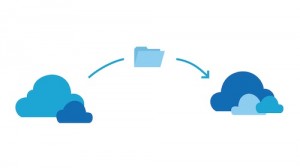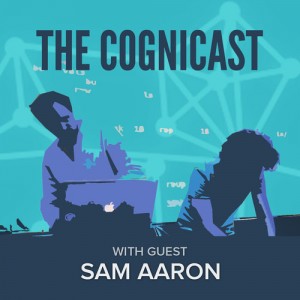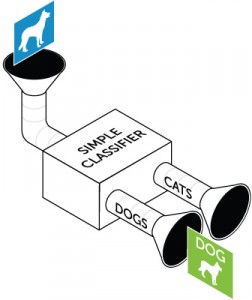5 Ways to Find Trending Topics (Other than Twitter) by Elisabeth Michaud.
From the post:
Like every community or social media manager, one type of social media content you’re likely to share is posts that play on what’s happening in the world– the trends of the day, week, or month. To find content for these posts, many of you are probably turning to Twitter’s Trending Topics–that friendly little section on the left-hand side of your browser when you visit Twitter.com, and something that can be personalized (or not) to what Twitter thinks you’ll be most interested in.
We admit that Trending Topics are pretty handy when it comes to inspiring content, but it’s also the same place EVERY. OTHER. BRAND (and probably your competitors) is looking for content ideas. Boring! Today, we’ve got 5 other places you can look for trending stories to inspire you.
…
Not recent but I think Elisabeth’s tips bear repeating. At least if you are interested in creating popular topic maps. That is topic maps that maybe of interest to someone other than yourself. 😉
I still aspire to create a topic map of the Chicago Assyrian Dictionary by using Tesseract to extract the text from image based PDF, etc. but the only buyers for that item would be me and the folks at the Oriental Archives at the University of Chicago. Maybe a few others but not something you want to bet the rent on.
Beyond Elisabeth’s suggestions, which are all social media, I would suggest you also monitor:
CNN
Guardian (UK edition)
New York Times
Spiegel Online International
The Wall Street Journal
To see if you can pick up trends in stories there as well.
The biggest problem with news channels being that stories blow hot and cold and it isn’t possible to know ahead of time which ones will last (like the Michael Brown shooting) and which ones are doing to be dropped like a hot potato (CIA torture report).
One suggestion would be to create a TWitter account to follow some representative sample of main news outlets and keep a word count, excluding noise words, on a weekly and monthly basis. Anything that spans more than a week, is likely to be a persistent topic of interest. At least to someone.
And when something flares up in social media, you can track it there as well. Like #gamergate. Where are you going to find a curated archive of all the tweets and other social media messages on that topic? Where you can track the principals, aggregate content, etc.? You could search for that now but I suspect some of it is already missing or edited.
The ultimate question is not whether topic maps as a technology are popular but rather do topic maps deliver a value-add for information that is of interest to others?
Is that a Golden Rule (A rule that will make you some gold.)?
Provide unto others the information they want
PS: Don’t confuse “provide” with “give.” The economic model for “providing” is your choice.





